
Innovating for a Recession
As we navigate the swift and profound impact of COVID-19 on our lives and businesses, and absorb a daily stream of tough news, we know that while it may get worse before it gets better, we’ll eventually come through it. A big part of coming through it will be adapting to the new economic realities left in the virus’ wake.
Many economists and business leaders believe the coronavirus has simply accelerated and amplified an economic downturn that was already in the cards.
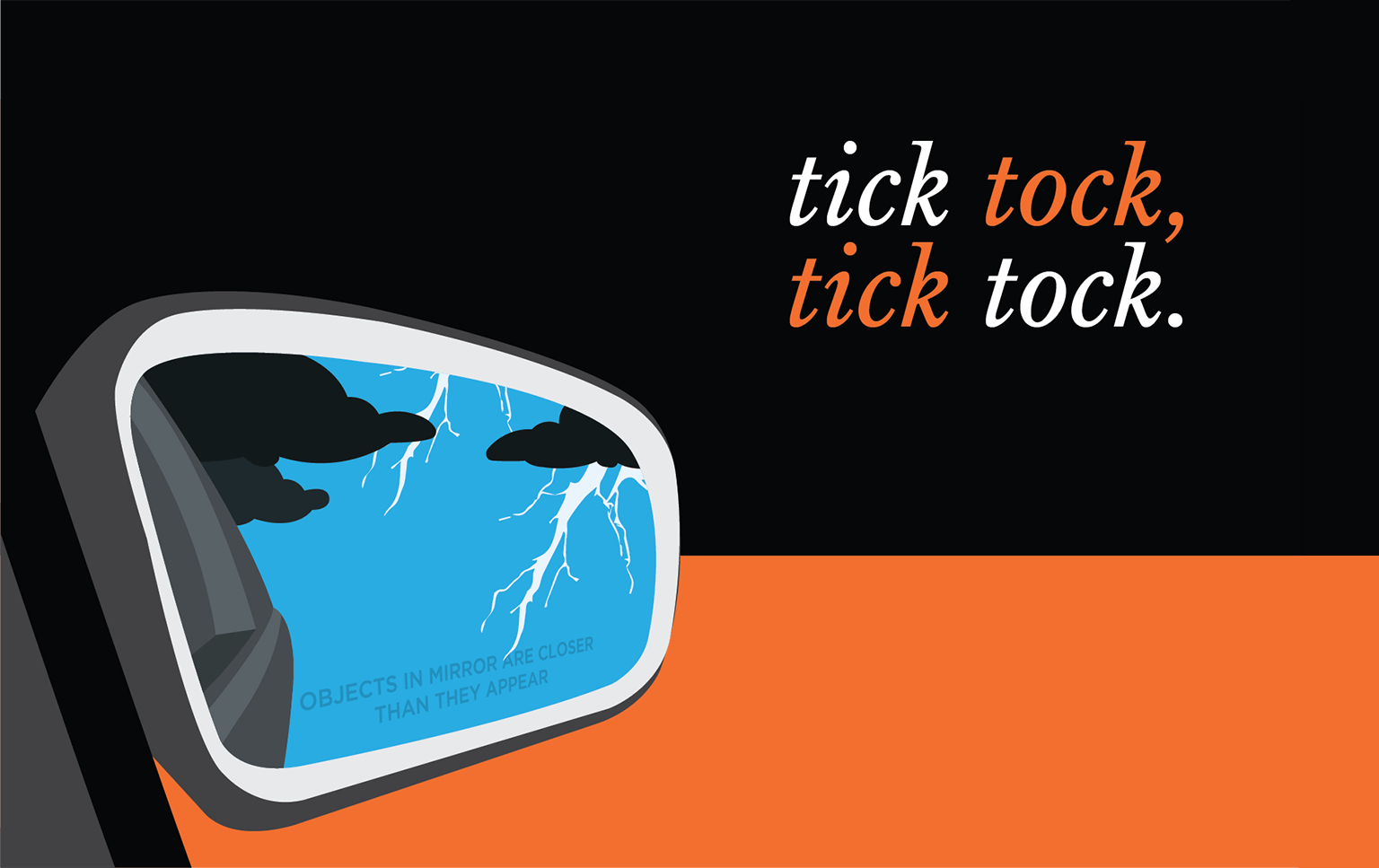
Back in the spring of 2019, in a survey by the Duke Fuqua School of Business, 84% of CFOs thought the economy would be in recession by the first quarter of 20211. Recent events and historically high unemployment filings have presumably pushed that probability toward 100%, and brought the timing forward.
The pain has been brewing for a while. A pre-corona pan around the globe saw the UK economy contracting under the uncertainty of Brexit, Germany dragged off track by a skidding automotive sector, Italy and Japan in a low growth funk, China bracing for broad layoffs, and US manufacturing in a slump.
Whether the recession has already begun or will come on more gradually is fodder for debate, but if innovation is fundamental to your growth strategy or your job title, the timing doesn’t really matter. With development lead times being what they are, chances are high that the projects you’re working on right now will bump into recessionary realities.
Your teams will either power through these obstacles or get mired in them, compromising the vision that’s driving you forward. How you plan and act now may make all the difference to whether your innovations survive the crosswinds, or thrive in them.
To help you manage that, there’s a playbook you can use to position yourself for the best possible outcomes. But first, let’s look at how a recession can affect consumer response to the innovations in your pipeline.
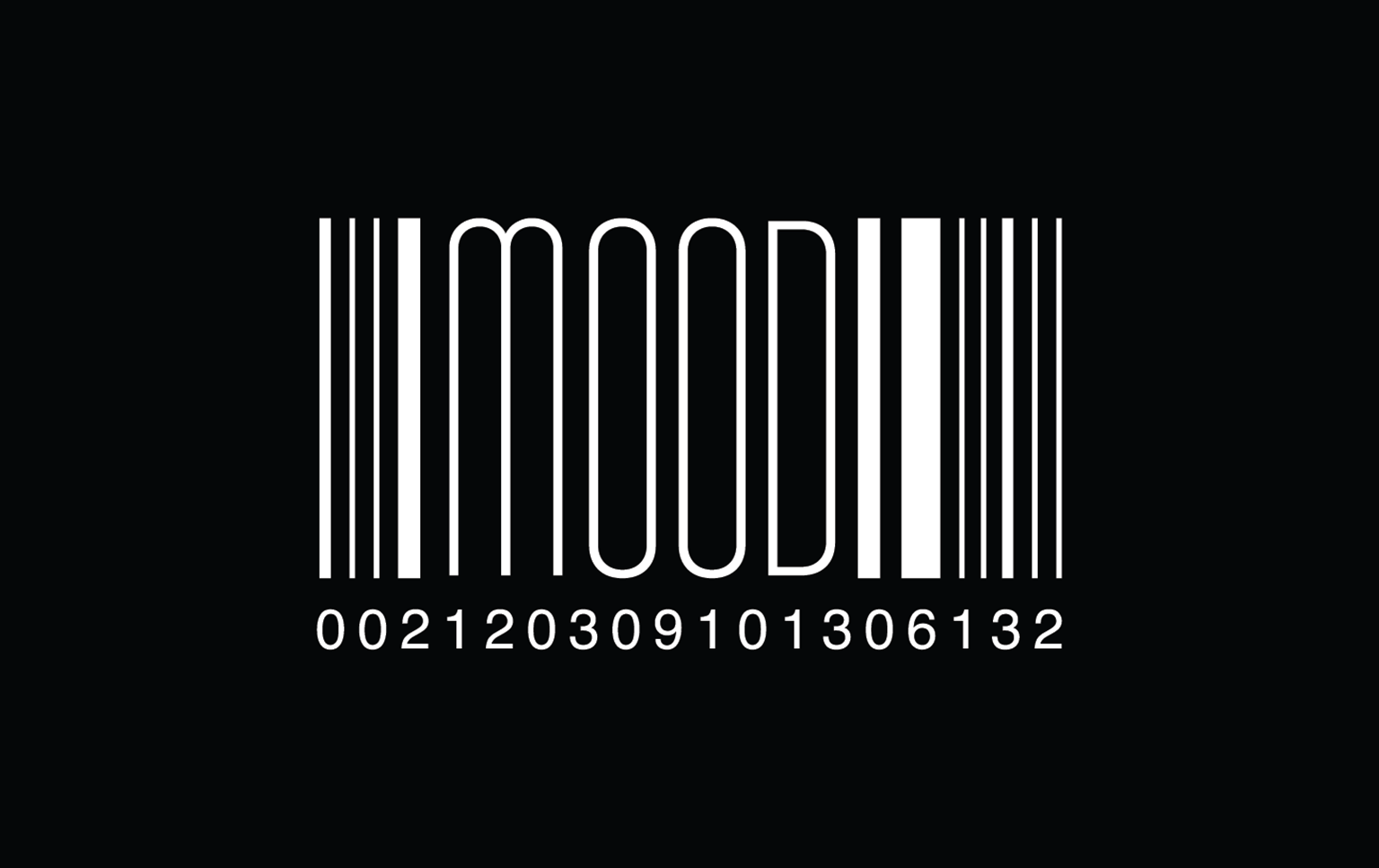
It’s not just the money, it’s the mood.
While it’s too early to predict the depth or duration of the downturn – will we see something akin to what we saw in 2007-9, something worse or a softer landing – there are behavioral themes and lessons from the Great Recession that we can draw on now.
Back then, the pulse-takers at Yankelovich described the new climate as a ‘Post-Abundance Society’.
The gist of it was that the terra firma in which consumers’ decision trees were planted was suddenly swept away in the flood of red ink.
As the recession took root, an unfortunate many had their day-to-day spending power and livelihoods profoundly affected, as may be the case this time. But even those who didn’t face dramatic loss of spending power revisited how they spend. Consumers approached it with new sets of emotions, needs, aspirations, filters and definitions of value, many of which reflected a hard swing of the pendulum away from the excesses that led up to the downturn.
Periods of relative abundance – like the one we just lived through – are characterized by certain dynamics:
- An excessive expansion of choice, and a seemingly open-ended ability to act on it. (The dramatic growth of personalization over the past decade shows that even the absurd breadth of choice in most product categories isn’t enough to satiate our appetite for feeling special).
- Products previously considered durables being recast as disposables. (Do we really need a replacement phone every 18 months?)
- Utility getting blurred with indulgence, self-expression and badge value, to the point that they seem indistinguishable. (Are we taking those destination holidays because we actually want to go there or because we’ll post great selfies?)
- Premiumization being underpinned by a mindset that something must be better simply because it’s more expensive. (How much more beautiful will that $300 Korean snail juice face mask make you look versus the $20 option at your corner pharmacy?)
- Consumer and corporate debt soaring in the face of overcooked optimism and cheap money. (Don’t look now, but in late 2019, consumer debt surpassed the previous record set just before the meltdown in 2008.)
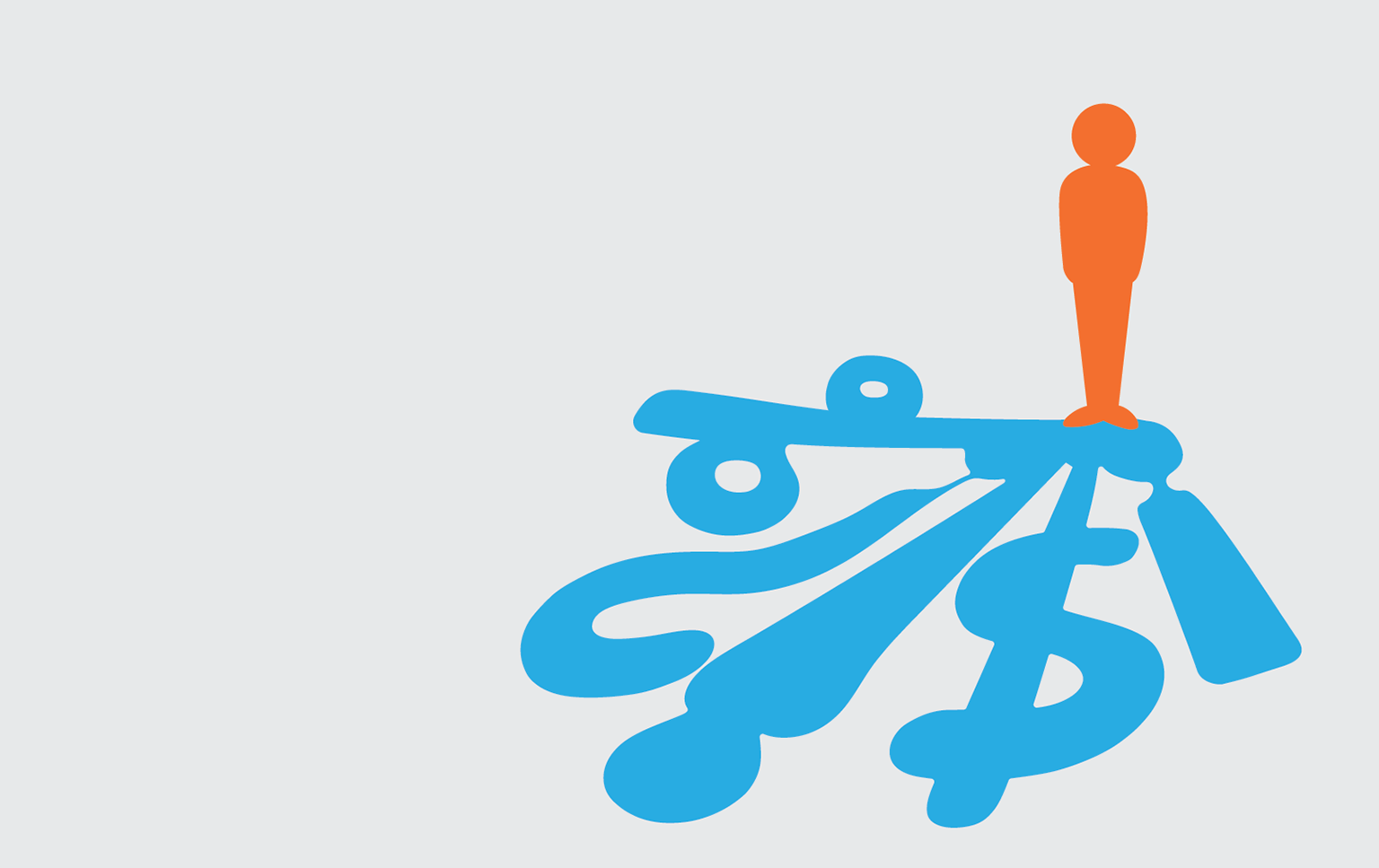
The net of all this? Forget the economic stats; focus on the mental static.
All of this sets up the risk of a downturn not just pushing consumers to ease off the gas – doing and buying the same things, just a bit less – but the potential of a more jarring reappraisal of how we live and spend. One that’s driven less by the wallet than the psyche.
We can’t be sure of the magnitude of behavior change the next recession will bring – there’s no Moore’s Law for human behavior.
But there are some wildcards in play this time around that may point to a bigger behavior shift than GDP trends alone would predict. In the US, while about 7 million people are statistically considered the ‘working poor2, working at least 27 weeks of the year but living below the poverty line, many more are functionally poor – living above the poverty line, but forced to supplement wages with government assistance to make ends meet. A 2019 Federal Reserve report found that roughly 4-in-10 US households couldn’t afford an unexpected $400 expense3. Working up the economic pyramid, many professional millennials who entered the workforce during the Great Recession are carrying record high student debt, and unable to buy real estate at the same point in life as their parents4, depriving them of the solid asset base that prior generations could lean on in tough times. Even in the face of historically low unemployment rates, a record number of Americans were 90+ days delinquent on their auto loans in 2019.5 All these realities point to the possibility that even a minor GDP dip might cause a disproportionate impact on consumers’ lives, mindsets and behavior.
For all of these unknowns, what we can say for sure as innovators is that if we wait to see how it all plays out, it will be too late to act on it. Acting now to fortify your innovations to win amidst recessionary realities will help set up your programs for long term impact.
Before we go deep on ways to win through this impending shift, let’s tackle the more fundamental question of what innovation’s role should be in your business at this moment in time.

The role of innovation in a recession
Economic turbulence naturally puts Chief Execs in a somewhat dyspeptic state. Adjusting earnings forecasts and tightening belts are thankless acts.
But there’s an interesting human subplot to it. As one Fortune 500 leader told me…
‘To me, the most frustrating thing about recessions isn’t resetting expectations, it’s the erosion of control. Suddenly, external forces can uncouple the performance of our business and share price from the smart strategies and programs we’ve built to drive the business.’
Longitudinal research by Bain & Company has shown the power of going on offense in tough times: Of 700 companies tracked through recessionary cycles, 25% made the leap from bottom quartile sales and margin growth to top quartile, while another 20% fell from top quartile to the bottom.6
In this context, innovation stands out as something that a business leader can more fully control and use to shape the movements of the market, rather than be dented and reshaped by them. Doubling down on innovation in downcycles can be a strong catalyst for long-term growth. So the rule of the down cycle is simple: move or be moved. The best part for the movers is that the benefits of moving on the downs actually transcend the economic cycle.
Of the firms that made big leaps in revenue or profit during those downcycles, over 70% sustained those gains through the next boom cycle.
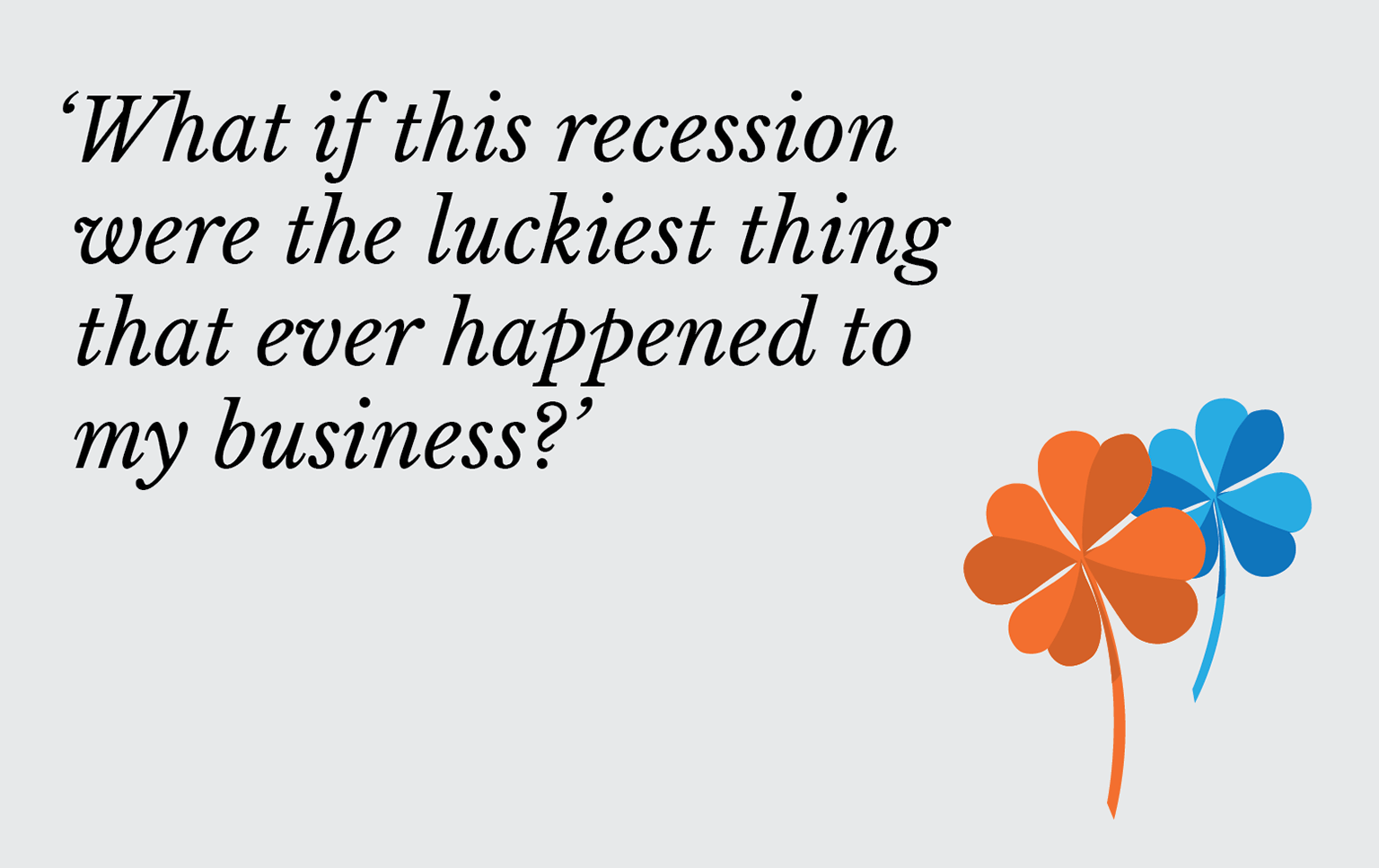
Fast Forward
So how can we create innovations that are both right for the looming downturn and built to stand the test of time? This is the crux of Innovating For A Recession. The language here is deliberate. Innovating in a recession is just a weather report. Innovating for a recession is a matter of intentionality, choice and opportunity. It’s about chasing new openings, many of which could only have been born in this moment.
It’s about asking yourself…
‘What if this recession were the luckiest thing that ever happened to my business?’
‘What new opportunities will I see if I look at the world that way?’
‘And how can the things in my pipeline be honed to leapfrog competition in a recessionary climate?’
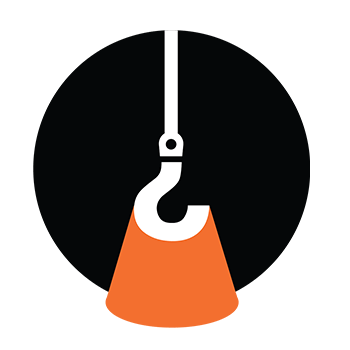
The past decade has delivered steady growth with only minor disruptions along the way. As consumers, we’ve acquired a new taste for creature comforts, quality, design, discovery, self-expression and experiences that transcend mere function. What lies ahead is not the undoing of all this, but a fundamental re-weighting. Innovators need to rediscover a fascination with the foundations of value, rather than the crowning touches.
New offerings need to more overtly deliver a difference, a better day and a better life in ways that play to the real currencies of this moment:
- Helping people be heroes when they may feel financially inadequate
- Helping them feel in control in a world gone awry
- Helping them find solace in the face of external stresses
- Helping them find simplicity in the face of hyper-stimulation
- Helping them manage scarce time and elevating their quality of life with the family, friends and communities that matter more than money
Through it all, the value proposition needs to ring true with renewed clarity. It is a myth that all consumers will now rush to buy on the cheap and swear off great quality and complete experiences.
Great value has never been synonymous with value pricing and it won’t be in the next recession. But we will undeniably have to work harder at earning premiums in a world that will no longer think something’s valuable merely because it’s expensive.

Many organizations treat growth and cost cutting like church and state – wholly separate endeavors led by different people with separate agendas, skills and KPIs, with no cross-fertilization. It’s well-documented that profitable growth is often the result of finding new uses for existing assets, rather than starting with a blank slate. Yet cost cutting often lops off assets or capabilities that could potentially be catalysts to the conception, implementation, speed-to-market and ROI of growth efforts. Forging a collaborative connection between cost cutting and innovation efforts allows three big things to happen: First, it ensures that the innovation team vets assets on the chopping block, forcing the conversation about whether that bird in hand could be deployed in powerful new ways. Second, it requires the innovation team to ensure a proper balance between leveraging existing assets and pushing beyond them. Third, it allows savings from the cost side to be aligned with specific, mission-critical growth efforts, rather than dropping everything to the bottom line and leaving growth efforts withering on the vine.
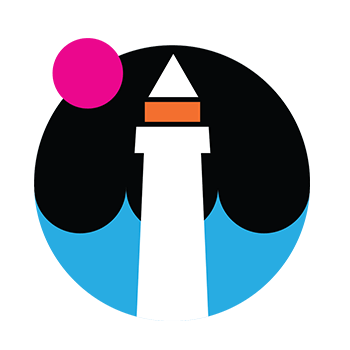
In flush times or in tough times, innovation’s real unseen enemy is inertia – consumers feeling set in their ways, habits, and brands – reluctant to move, even to things that sound great. Turmoil is the opposite of inertia. A moment of reassessment means products and services that seem solidly tucked into people’s lives can suddenly be nudged out if the right alternative comes along. So you may not have to work so hard to create doubt about the status quo; it’s already there. A great innovation may be pushing on an open door.

Take a page from the carbon-offset playbook. Find ways to justify the extra dollar you want consumers to throw your way via a dollar they don’t give someone else – inside or, better yet, outside your category. Look at the way realtors now tout the AirBnB potential of homes that may be beyond a homebuyer’s price range. A work-saving innovation can be framed as freeing up more time for your side hustle. Premium healthy foods are ways to avoid spending unproductive days in bed. There are potential offsets in any category if you look hard enough.
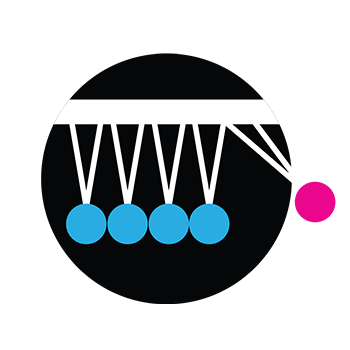
Consumers have increasingly been splurging on themselves. It’s a safe bet that a recession will push the pendulum back the other way, making us more hesitant to treat ourselves without justification. Extending value props beyond personal benefit can be that justification. Whether it’s about a healthier planet, a happier family or a tighter social network, benefits beyond the individual will matter more and more. The paradigm is not ‘just for them’, it’s ‘me and them’. Know in the background that self-interest isn’t dead – now, as ever, it remains capitalism’s primary catalyst. But guilt will be the new rust on the door hinge. External permission is WD-40.

We can’t be naïve about the added pressure that a recession will put on innovation budgets. The reason is obvious. External uncertainty can magnify the inherent unknowns of any innovation effort at a time when risk tolerance is low. Containing risk across the portfolio of innovation programs matters more than it used to and partnering is a potent way to get there. Partnering is risk management’s new best friend: whether that’s by bringing together siloed teams or pulling in external partners that augment capabilities and shoulder a portion of the risk.
What you’re after in the end, of course, is pinching risk from both sides by simultaneously driving up the odds of an initiative succeeding and driving down the cost of those that don’t. Partnering can help both of those things happen.

There’s a new paradigm here grounded in three converging truths: First, in a recession, there’s a better chance of buying high potential businesses on the cheap. Second, skeptical internal stakeholders may have an easier time seeing the immediate value of an acquisition candidate that has already demonstrated its potential versus less tangible internal innovation. Third, acquisitions and innovation should have been joined at the hip all along, so they might as well be now.
Call this new model M&A&I, where innovation teams scour the market for buyable ways to accelerate their vision. Within this paradigm, before you buy a business, you’ve already assessed it as an innovation platform, gotten a head start on the pipeline, and perhaps even quantified the upside. The net is that you’re buying something bigger than what the team across the table is selling.

Peak performing companies use innovation to turn assets they’ve had for years into new revenue and big ROI. Bain and Company research shows a staggering 9 out of every 10 companies that successfully renewed themselves found the solution in mining hidden assets.7 Most companies walk by the Rembrandts in the attic without seeing what they’ve got. This is the moment to get great at spotting hidden value and innovating to monetize it. Fresh eyes can help.

Treat that shift as a growth opportunity or it will become a problem. We instinctively think recessions change what we by, and how much of it. But they can trigger equally profound shifts in where we buy. The risk is that the product portfolio you honed for a certain channel mix becomes a lot less right overnight. Look at your products and services portfolio through a new lens. Are my offerings set up to effectively compete, win and grow share in the channels that stand to grow? Will they get noticed the way they do in legacy channels? Will they seem like great value in this new context? Can they sell themselves in channels with less sales staff? How will they win in digital channels? Do I need to create new offerings from a blank page, purpose-built to win in the channels that are poised for growth?

Take all the insights you’ve gleaned from years of mining the gray matter, hopes, needs and behavior of your customers, shove them in a proverbial file, and start over. In many organizations, that body of accrued customer understanding and the consensus built around it can become a set of blinders, letting you overlook meaningful changes and opportunities rooted in the newly emergent mindsets, needs and pain points. Those legacy insights may be timeless for the core of your category, but what new themes are emerging at the edges where most growth happens? Charter a consumer discovery team with no vested interest in the old view, ensuring you get an unfettered take on the new reality.

Onward and Upward
After a long run of economic growth, a recession is either already upon us or approaching quickly. So how should business leaders and front line innovators adapt what they’re doing to thrive in the tougher climate ahead?
Don’t stress about it. Just get busy.
Move or be moved.
Want to learn more? Please contact us to continue the discussion.

Mark Payne is Global Head of Consumer Products at frog. As Co-Founder and President of leading innovation consultancy Fahrenheit 212, now frog, Part of Capgemini Invent, Mark spearheaded innovation projects that created over $3 billion in revenue for Fortune 500 companies, entrepreneurial emerging businesses, and private equity firms. As the architect of the firm’s Money + Magic philosophy, its outcome-based business model and its breakthrough Two-Sided Innovation Method of fusing analytical commercial strategy with user-centered creativity, he is both a front line innovator shaping new product pipelines for the world’s great companies, and an industry thought leader.
We respect your privacy
We use Cookies to improve your experience on our website. They help us to improve site performance, present you relevant advertising and enable you to share content in social media. You may accept all Cookies, or choose to manage them individually. You can change your settings at any time by clicking Cookie Settings available in the footer of every page. For more information related to the Cookies, please visit our Cookie Policy.